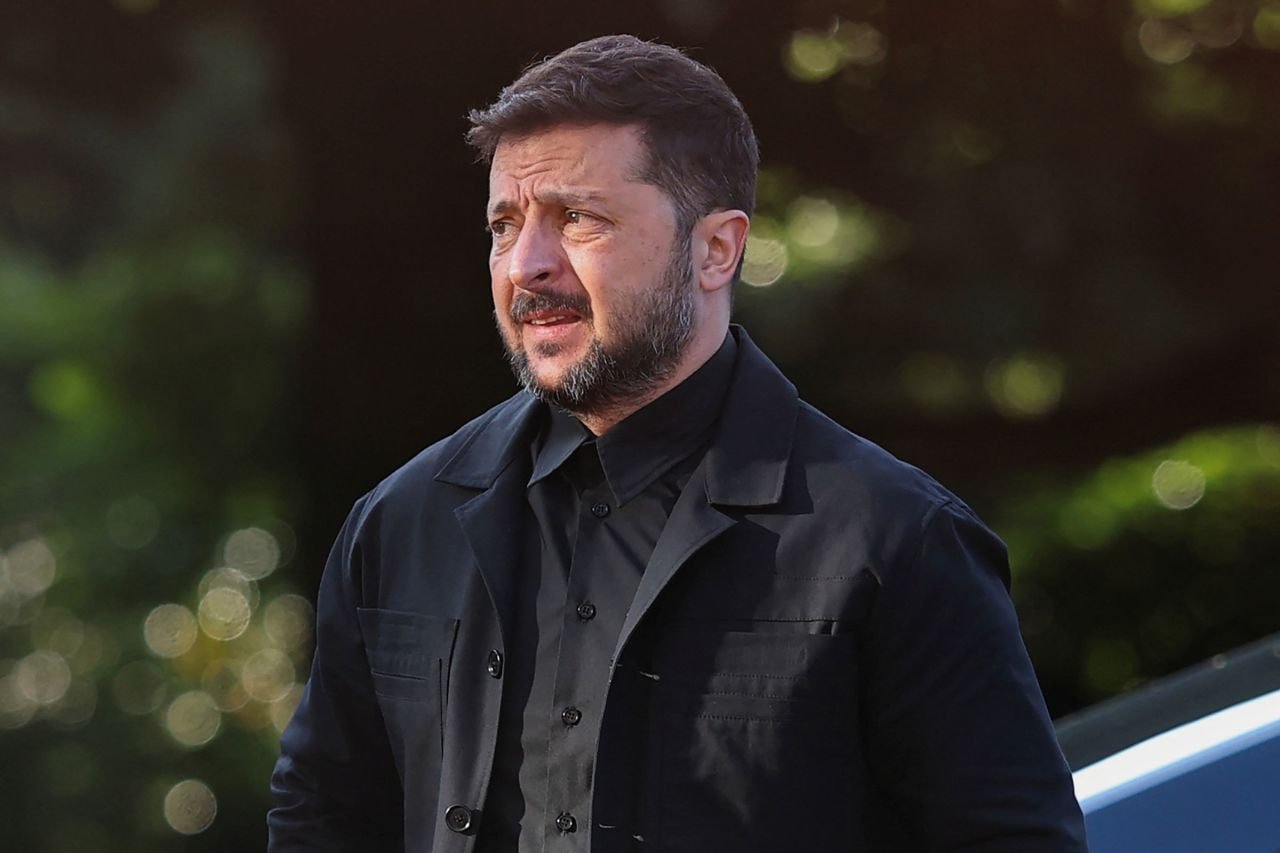President Joe Biden’s decision to authorize Ukraine’s use of long-range Army Tactical Missile Systems (ATACMS) to strike targets within Russia marks a profound shift in U.S. policy, one with significant geopolitical and military implications. This development comes at a critical juncture in the Russia-Ukraine war, as Moscow escalates its military aggression and receives direct support from North Korea. With just months left in his presidency, Biden’s move raises questions about the balance between supporting Ukraine’s defense and the risk of triggering wider conflict.
Ukraine’s President Volodymyr Zelenskyy had spent over a year lobbying the White House to authorize the use of U.S.-supplied Army Tactical Missile Systems (ATACMS), arguing that such weaponry was essential for taking the fight directly into Russia by targeting critical military installations. Meanwhile, Russian President Vladimir Putin issued multiple warnings, claiming that any deployment of Western arms within Russia’s borders would compel Moscow to consider nuclear retaliation against Western targets.
A Strategic Necessity?
The American ATACMS boast a range of up to 300 kilometers. President Zelenskyy has argued that cross-border strikes are essential to disrupt Russian military operations and safeguard Ukraine’s infrastructure. Kyiv’s immediate focus, according to intelligence reports, appears to be the massed Russian and North Korean troops in the Kursk region, where Moscow is preparing for an offensive to reclaim territory held by Ukraine.
Military analysts underscore the strategic value of ATACMS missiles in targeting high-value assets deep within Russian territory. These include command-and-control centers, logistics hubs, and troop assembly points—key elements of Moscow’s war apparatus. Andriy Zagorodnyuk, Ukraine’s former defense minister, emphasized that such capabilities could significantly disrupt Russian operations.
In an interview with the Financial Times, Michael Kofman, a senior fellow at the Carnegie Endowment for International Peace, noted that even if their use is limited to regions near the Ukrainian border, ATACMS missiles would pose a substantial threat to Russian and North Korean forces. “This weaponry could alter the calculus on the battlefield, forcing Russian command structures and air defenses to retreat further from the front lines,” Kofman stated.
A Calculated Gamble
Biden’s decision reflects growing pressure to respond to escalating threats. The deployment of 12,000 North Korean troops to Russia—the first major foreign military intervention in the conflict—has alarmed Western observers. North Korea’s supply of artillery and ballistic missiles to Moscow in exchange for military technologies and funding further complicates the conflict.
Domestically, Biden’s decision may also serve as a preemptive measure to lock in military aid to Ukraine before Donald Trump, the newly elected American president, assumes office in January 2025. Trump has been vocal about his skepticism of continued U.S. support for Ukraine, promising a swift resolution to the war but offering little detail on how he would achieve it.
By authorizing the use of ATACMS missiles, Biden not only strengthens Ukraine’s immediate defense capabilities but also signals to allies—such as the UK, France, and Germany—that they may now consider removing restrictions on their own long-range weapons supplied to Kyiv. Former U.S. Ambassador to Ukraine Bill Taylor observed that this decision could unlock additional Western support, further tilting the balance in Ukraine’s favour.
South Korea, traditionally hesitant to provide weaponry as military aid, is now seriously considering sending arms to support Ukraine. This shift is driven by growing alarm over the deployment of North Korean troops to assist Russia in its war effort. South Korean officials are concerned that North Korean forces could gain critical combat experience, potentially tilting the balance of power and placing South Korea at a disadvantage in the event of a future conflict with its Communist neighbour.
Risks of Escalation
While the strategic benefits are evident, the risks of escalation are equally significant. Russia has repeatedly warned that any authorization for Ukraine to strike within its borders would constitute a direct act of war by NATO. President Vladimir Putin has hinted at “corresponding decisions” in retaliation, though the nature of these responses remains unclear.
Russian military bloggers, who often provide insights into Kremlin thinking, have reacted with alarm, warning that the presence of ATACMS missiles could force Russian forces to reevaluate their positions and defensive strategies. Rybar, a prominent pro-Kremlin Telegram channel, noted that the missiles’ deployment would pressure Russia to move critical infrastructure further from the front lines, complicating logistics and command operations.
The potential for escalation extends beyond the battlefield. António Guterres, Secretary-General of the United Nations, reiterated his call for de-escalation, emphasizing that the conflict must be resolved in accordance with international law. The introduction of ATACMS into the conflict risks heightening tensions among NATO allies and within the broader international community, particularly as global powers like China and India seek to maintain neutrality.
Biden’s decision to authorize Ukraine’s use of ATACMS missiles could mark a turning point in the war, particularly as Kyiv seeks roll back recent Russian gains on the battlefied. By targeting Russian and allied North Korean forces in strategic locations like Kursk, Ukraine may delay Moscow’s planned offensives and increase the costs of continued aggression for both Russia and its allies.
However, the policy shift also sets the stage for heightened tensions between NATO and Russia, with unpredictable consequences for global security. As Biden’s presidency nears its conclusion, the question remains whether this bold move will fortify Ukraine’s position or exacerbate an already volatile conflict.
For now, the deployment of ATACMS underscores the high stakes of the Russia-Ukraine war, as both sides manoeuvre to reshape the battlefield—and the broader geopolitical landscape—in their favour.
Complications for Donald Trump’s Ukraine Policy
The situation presents significant challenges for incoming Republican President Donald Trump, who has vowed to end the Russia-Ukraine war within “24 hours.” Trump and his allies in Congress have made no secret of their intention to scale back U.S. military support for Ukraine, advocating instead for pressuring Kyiv to accept territorial concessions to Russia as a pathway to peace. However, President Joe Biden’s recent authorization allowing Ukraine to use American ATACMS missiles for strikes inside Russia complicates this strategy. It risks undermining any potential deal by casting Trump as willing to sacrifice Ukraine and America’s European allies to appease Vladimir Putin.
European Union leaders, meanwhile, have emphasized their unwavering commitment to supporting Ukraine, regardless of future U.S. policies under Trump. Reflecting this resolve, UK Prime Minister Keir Starmer stated on Sunday that he has no intention of engaging with Putin, urging G20 leaders to “double down” on military and economic support for Kyiv. This firm European stance highlights the growing divide between the EU and Trump’s anticipated foreign policy approach.
The nine weeks before President-elect Trump’s January 20,2025 inauguration is an eternity in politics. The incoming American president may look isolated and be regarded as a weak Putin appeaser by the time he arrives in the White House for his second term an American president.

























